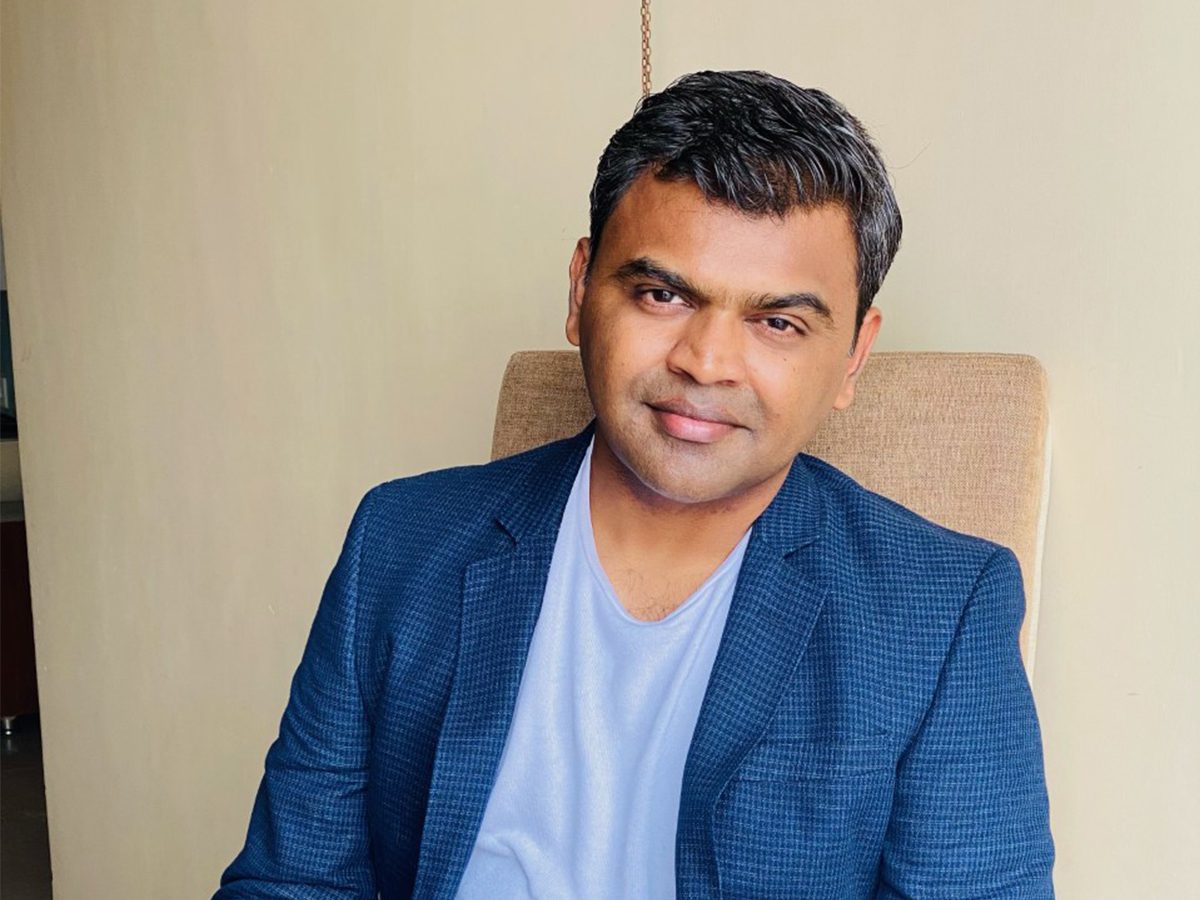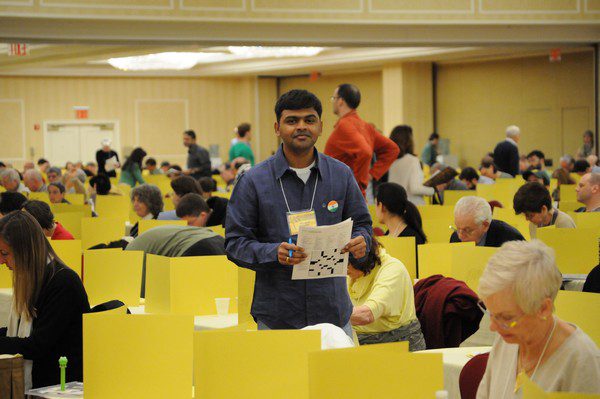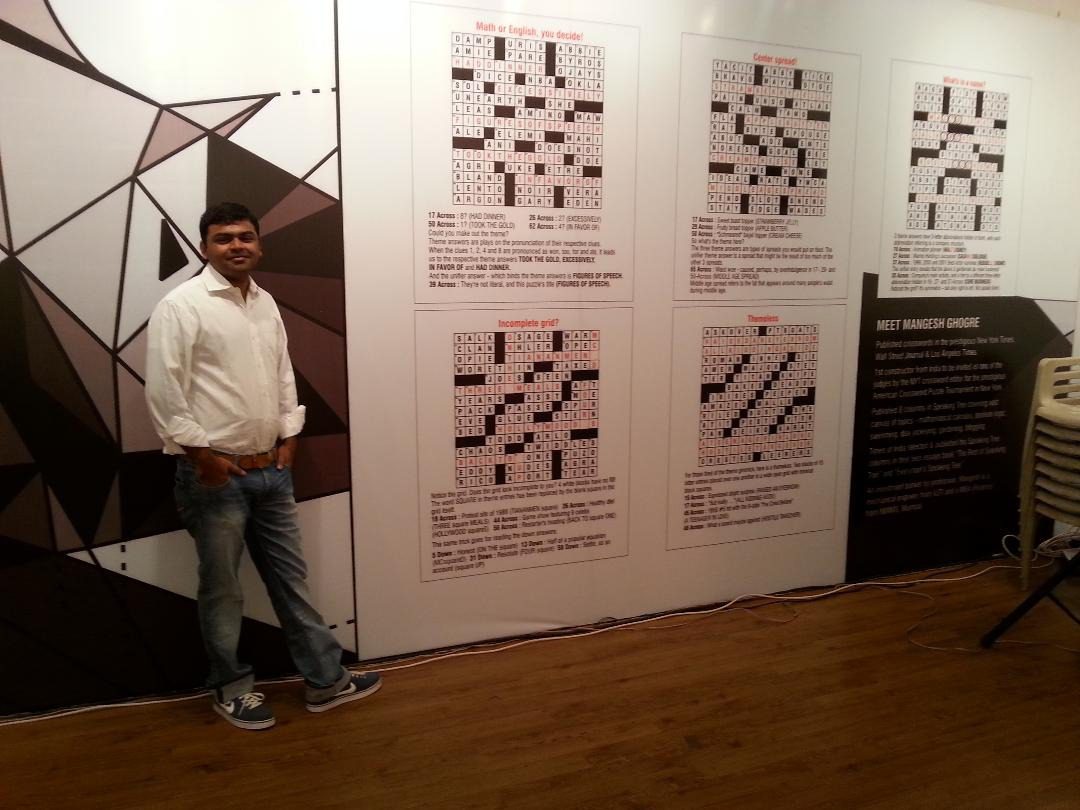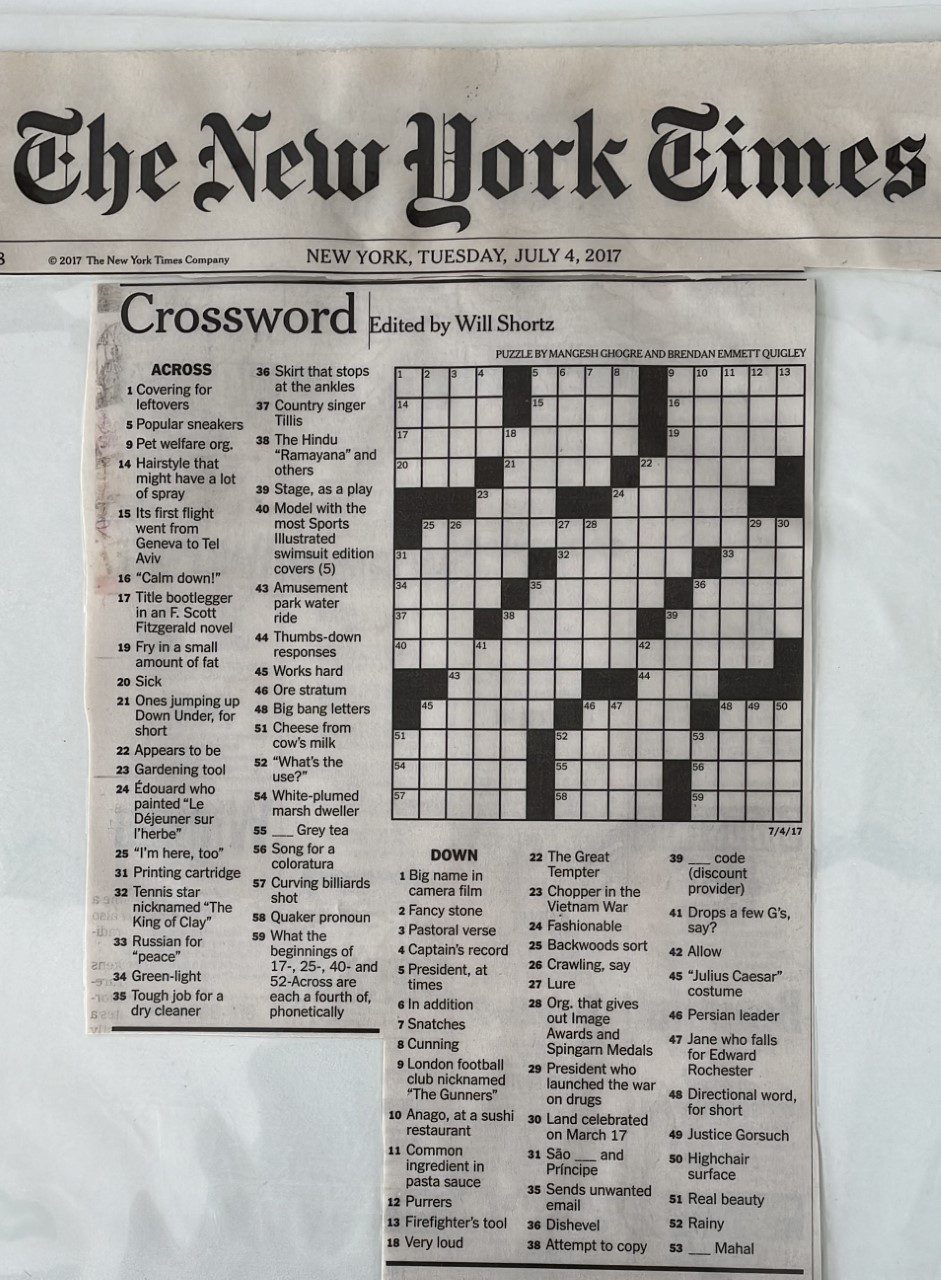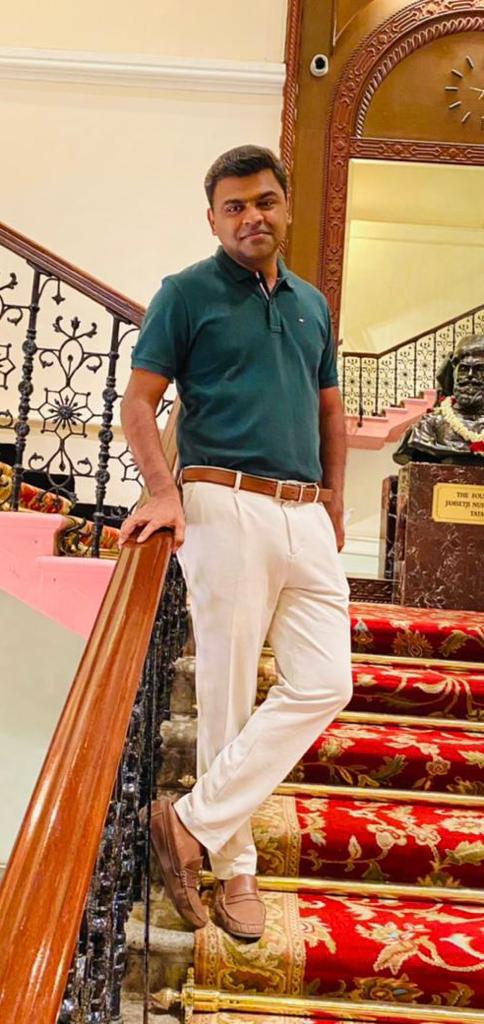(June 4, 2022) Inclusion, they say, is the celebration of diversity put into action. And Mumbai-based Ashaita Mahajan is working towards just that. Five years ago, Ashaita exited a long, shining career in music and event management to create a space where diversity was a core value. The social entrepreneur collaborated with her aunt, Dr Sushama Nagarkar, who had just moved back from the United States. Together, they founded Café Arpan in the suburbs of Mumbai in 2018, choosing to man the place with only differently-abled staff. Inspired by her cousin Aarti, a person with autism who is “funny and kind”, Ashaita and Dr Sushama hope to give the differently-abled an opportunity to integrate themselves into the community and find dignified employment.
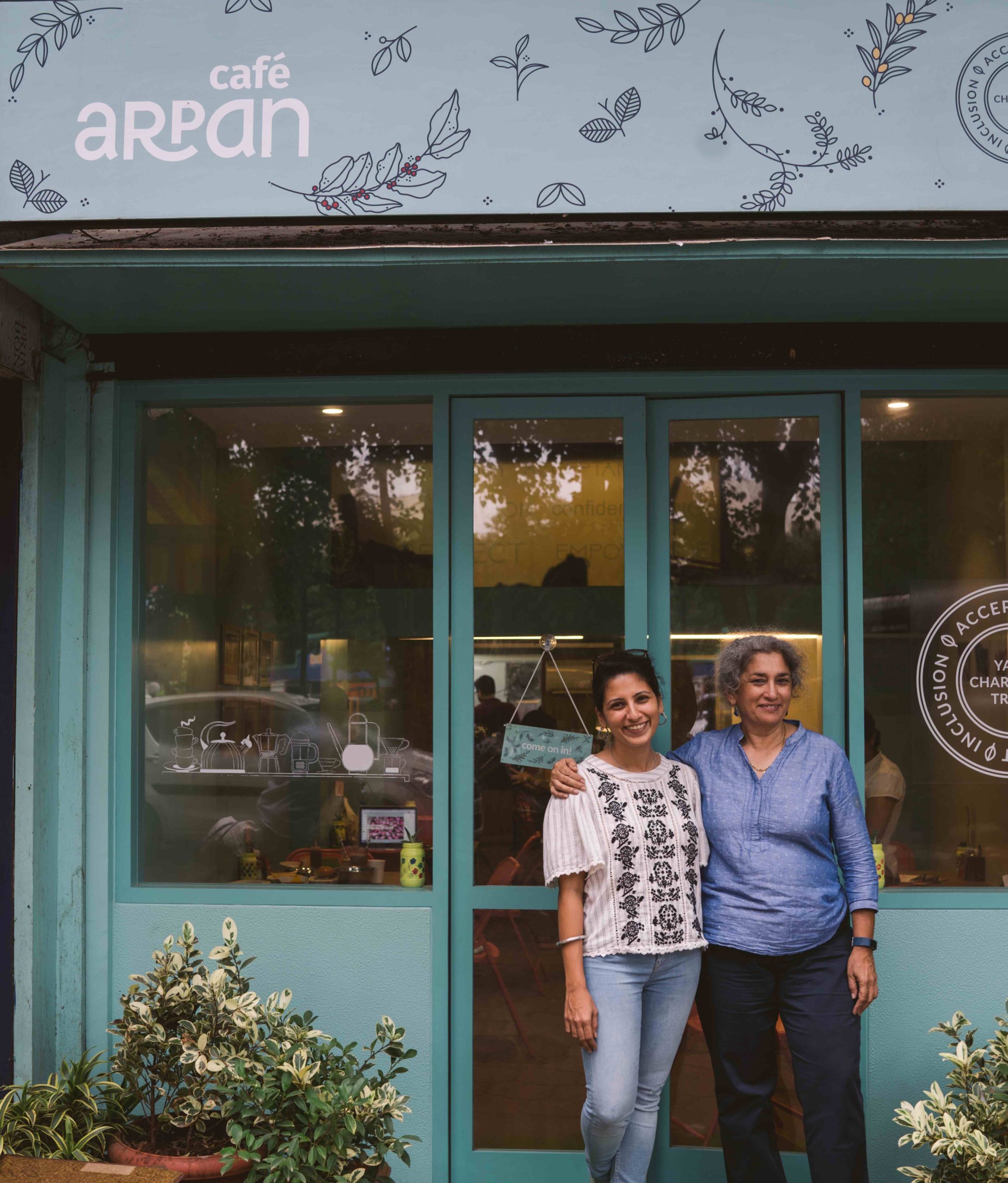
Ashaita Mahajan and Dr Sushma Nagarkar, founders, Café Arpan (Image credit: Rema Choudhary)
“When Aarti moved back to India with my aunt, Dr Sushama, we wanted to set up an organisation that would work with PwIDDs (persons with intellectual and developmental disabilities), especially adults,” the social entrepreneur tells Global Indian. Finding that most of the available programmes were exclusionary, Dr Sushama established the Yash Charitable Trust in 2014, which is a non-profit that provides PwIDDs with opportunities and Ashaita came on board as a trustee.
A musical start
Born to a social activist mother, Ashaita became involved with various social campaigns even as a kid. During college at St Xavier’s, Mumbai, she volunteered at the institute’s resource centre for the visually challenged. Clearly very proud of her mother, who has worked with suicide helplines and organisations dealing with intellectual disabilities, the social entrepreneur says, “My mother was also an air hostess with Air India and challenged its company policies twice. She took them to court and won both times.”
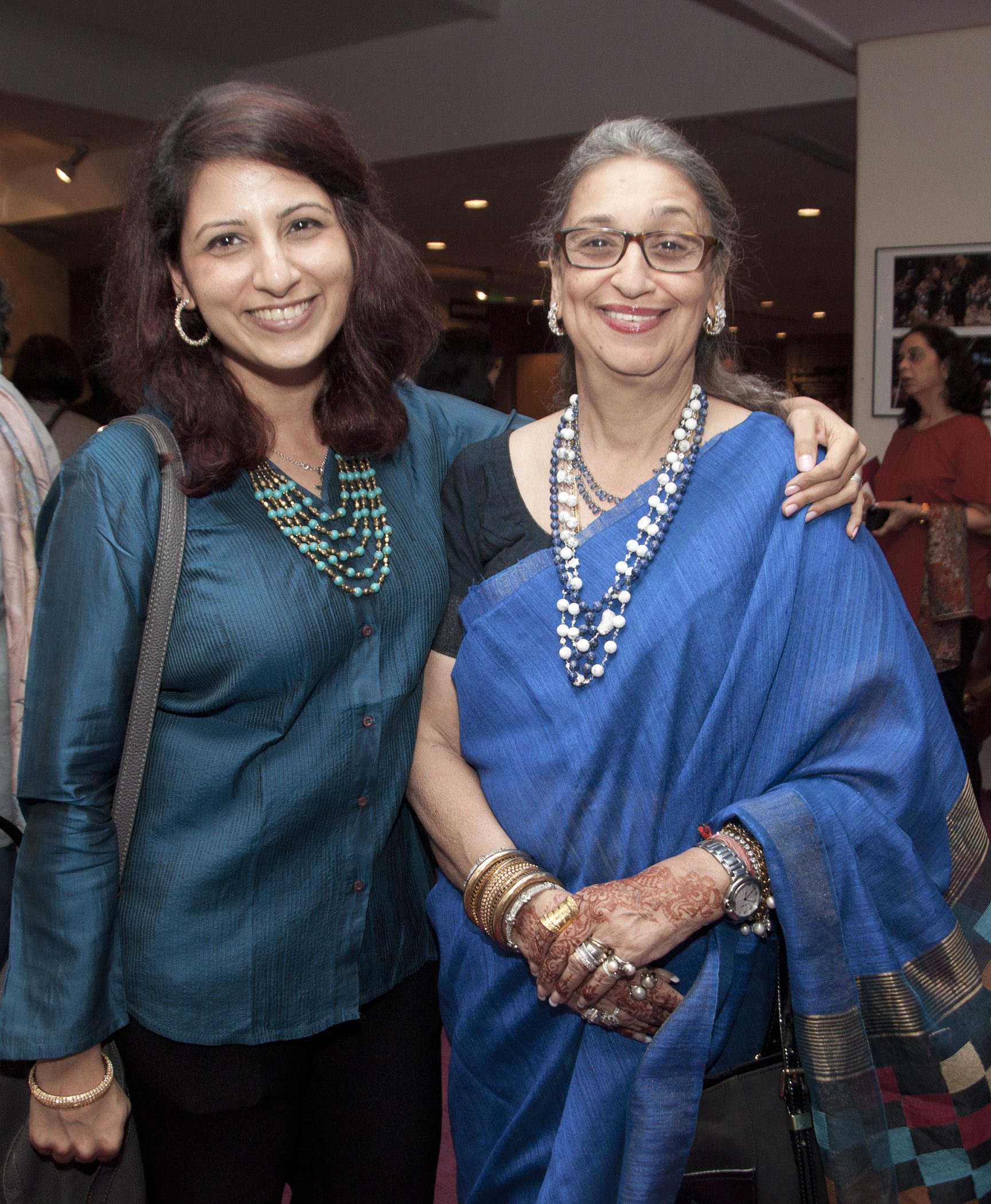
Ashaita and Vera Mahajan
However, at the time, although she loved making a social impact, she found she loved music management more. While music had always been a part of her life (Ashaita recalls bonding with her cousin Aarti over music), it was an experience at St. Xavier’s that would define the early phase of her career. As she took part in the institute’s inter-collegiate festival Malhar, Ashaita discovered a deep interest in event management. Soon after graduating, she headed off to the University of Sheffield to do a master’s in music management. From there, she went on to work with big names like Sony Music and the National Centre for the Performing Arts (NCPA).
A turning point
When her aunt thought of starting the Yash Charitable Trust, Ashaita knew she wanted to contribute as much as possible. The need was dire. “Back in the United States, Aarti worked at a sheltered workshop and “had a routine life,” says Ashaita. In India, efforts to integrate the differently-abled into mainstream are not on par with the West and Aarti missed engaging with people from different walks of life. “My aunt is a professional psychologist and wanted to set up an organisation that would work exclusively with PwIDDs.” She joined her aunt and together, they registered the Yash Charitable Trust in 2014. “The organisation’s focus is on adults with autism, Down Syndrome and other intellectual disabilities to provide them with a better quality of life,” says the activist.
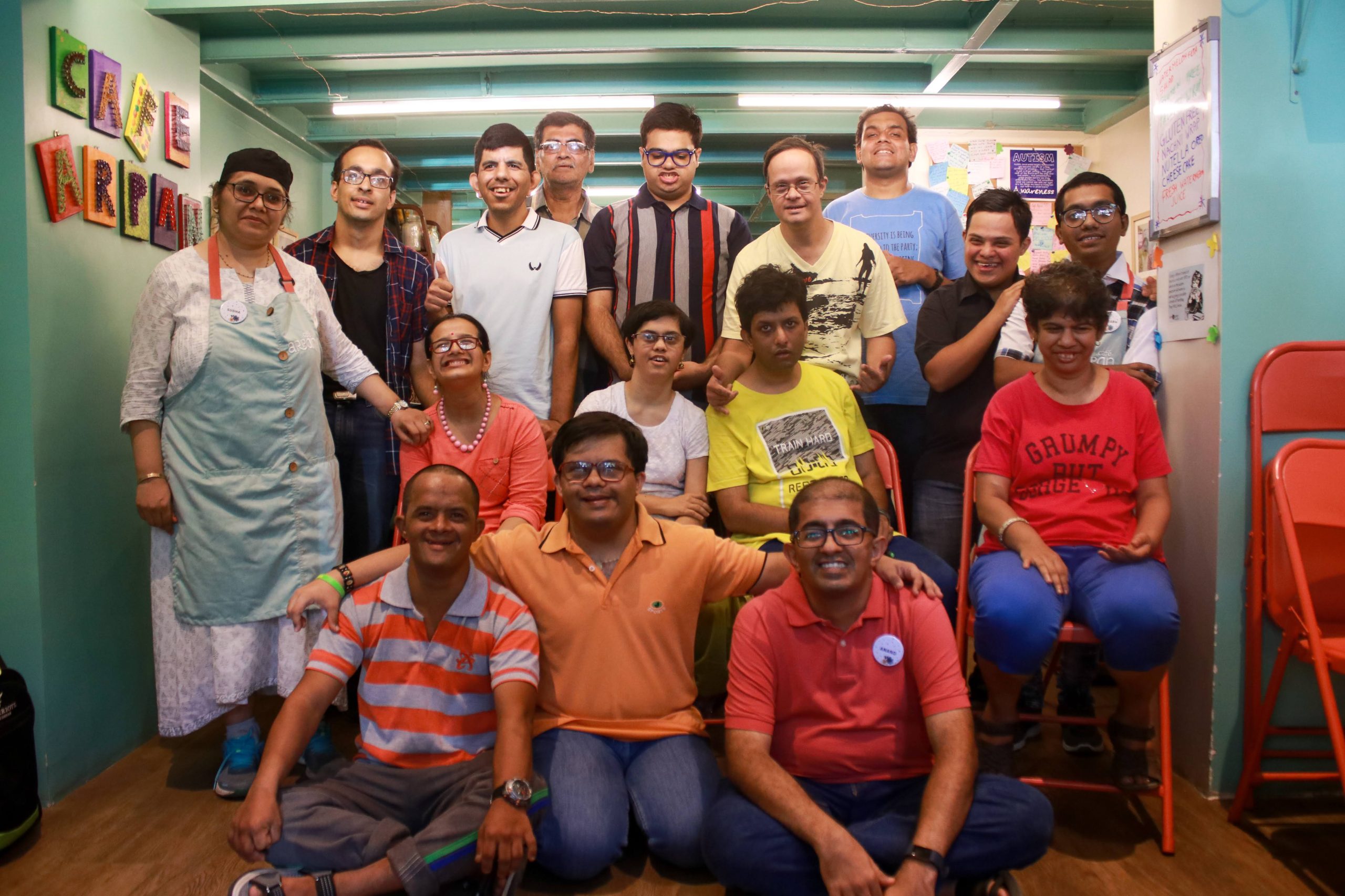
Team Café Arpan
One of the first ventures of Yash Charitable Trust was Arpan Dabba Service, a supported employment initiative that only employs PwIDDs. After successfully running the tiffin service for two years, they reached maximum capacity and therefore needed to expand. That is how the idea of Café Arpan was conceived. “The idea is to focus on their abilities — what they can do, what they like to do, and what they want to do. We ignore the disability and consciously focus on empowering the individual to live the life they want for themselves,” says the social entrepreneur.
From tiffin service to a culture hub
Located in Juhu, Mumbai, Café Arpan, is visited by dozens of customers every day who wander in for sandwiches made with in-house focaccia bread, methi puri chaat, nachni wraps, hummus and falafel, among other small bites and hot and cold beverages – served by very special hosts, who are always smiling. “Our team members are wonderful, talented and hard-working individuals. They take a lot of pride in the work they do – they feel a sense of ownership when they successfully complete any task,” shares the social entrepreneur, adding, “Our head chef Aaron is autistic, but has a very sharp memory. He remembers all our recipes by heart. The café’s interior is also designed in a way that is welcoming to everyone. The operational tasks have been curated in accordance with the employees’ abilities so that they can operate the entire café on their own with the aid of two support staff.”
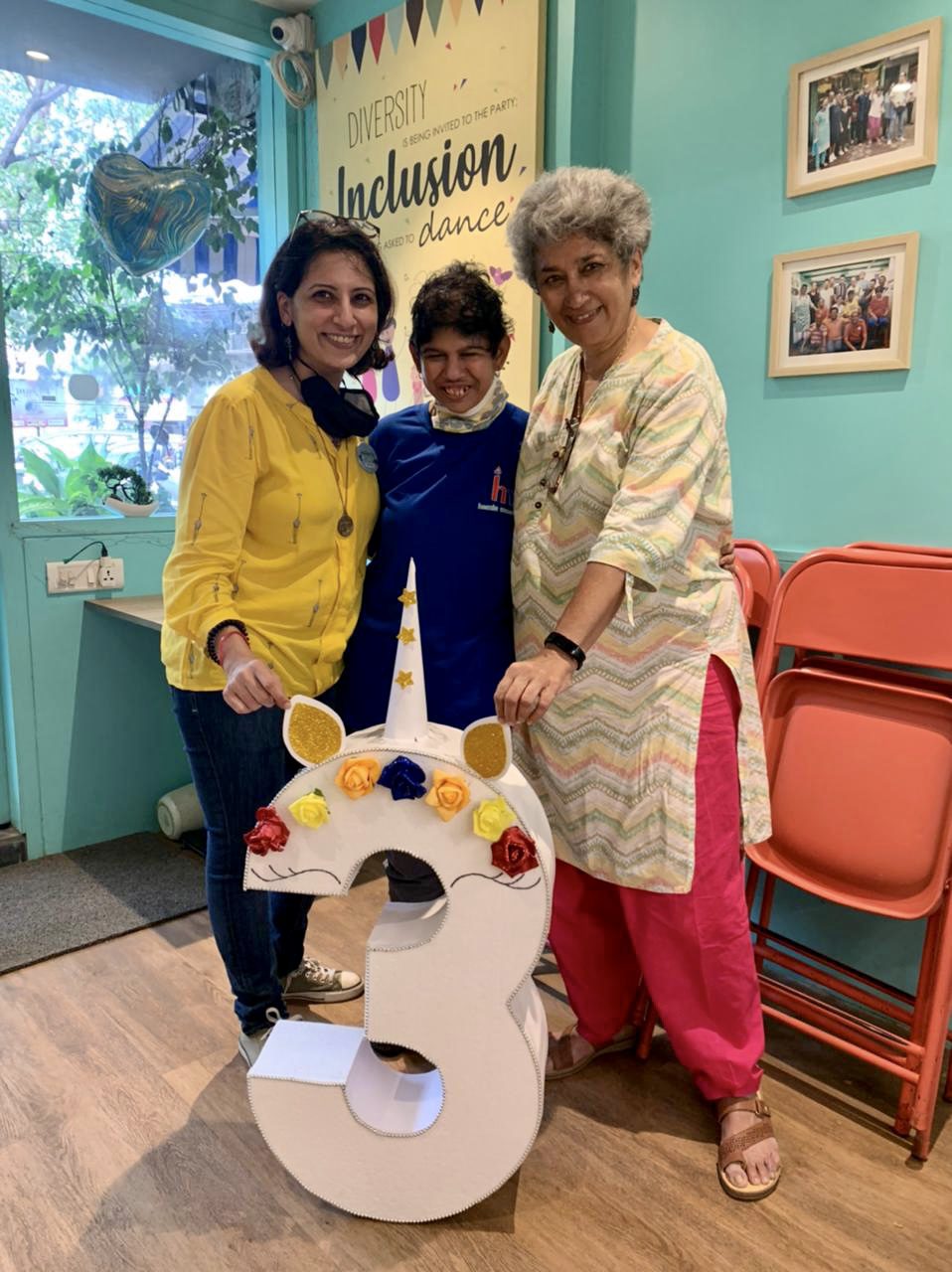
Ashaita with Dr Sushama and Aarti Nagarkar at Café Arpan’s third anniversary
Since its inception in 2018, Café Arpan gained a loyal customer base, received overwhelmingly positive feedback from the community at large. While the cafe had to suffer some setbacks during the COVID period, they are eager to go back to pre-Covid times. “People love our food, but they also love our team. After COVID, we did have to face a few hiccups – we had to train many of the team members again. But I think we are past that phase now. Café Arpan is open to host and feed everyone,” smiles Ashaita as she signs off.


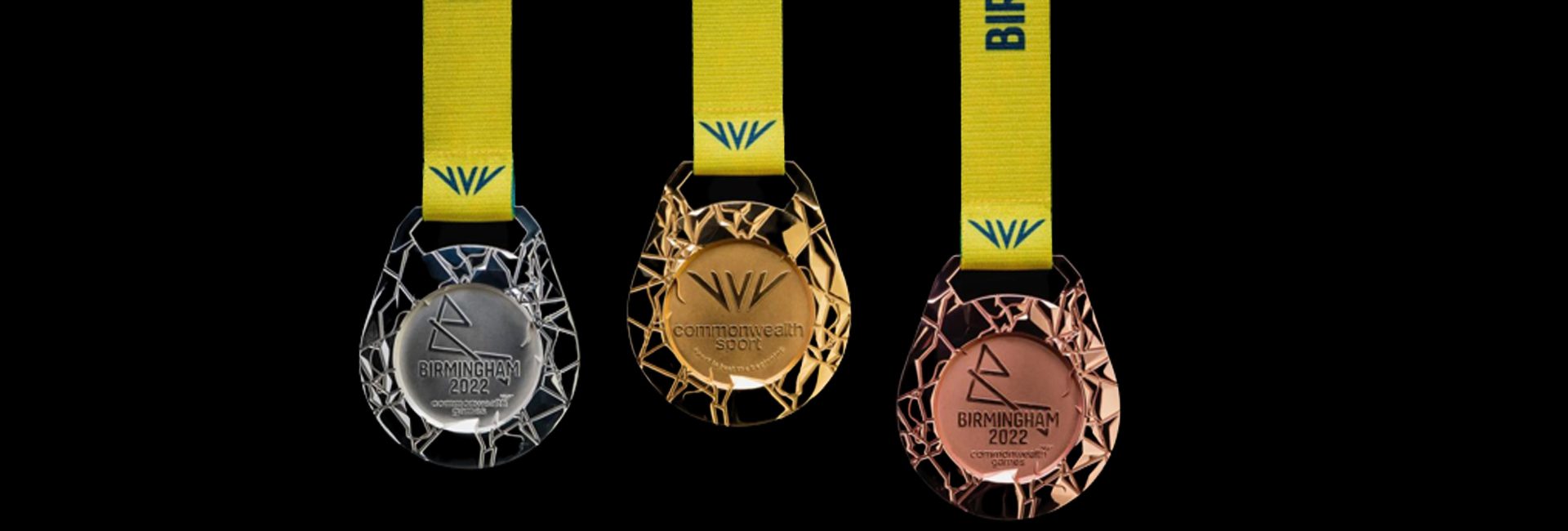
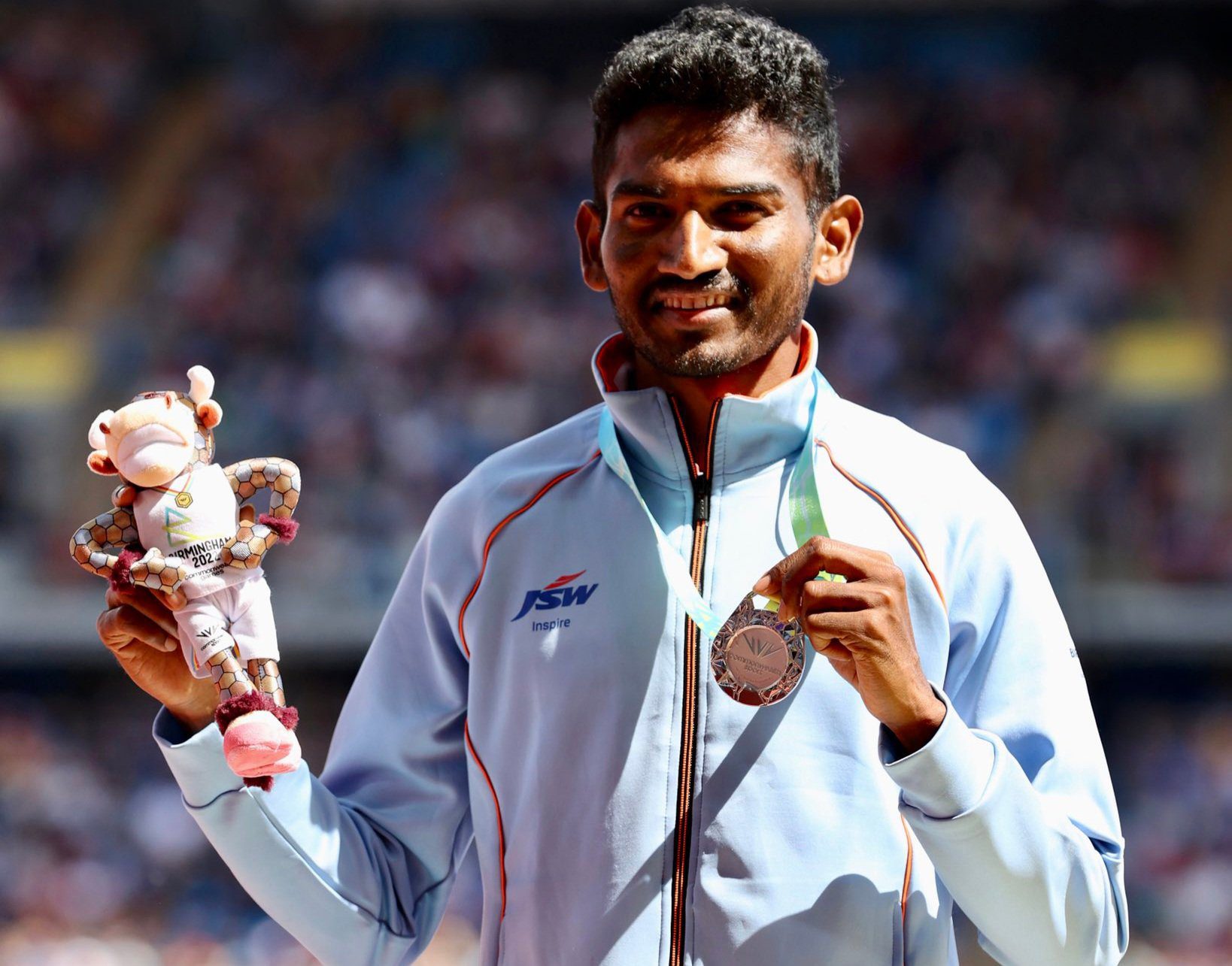
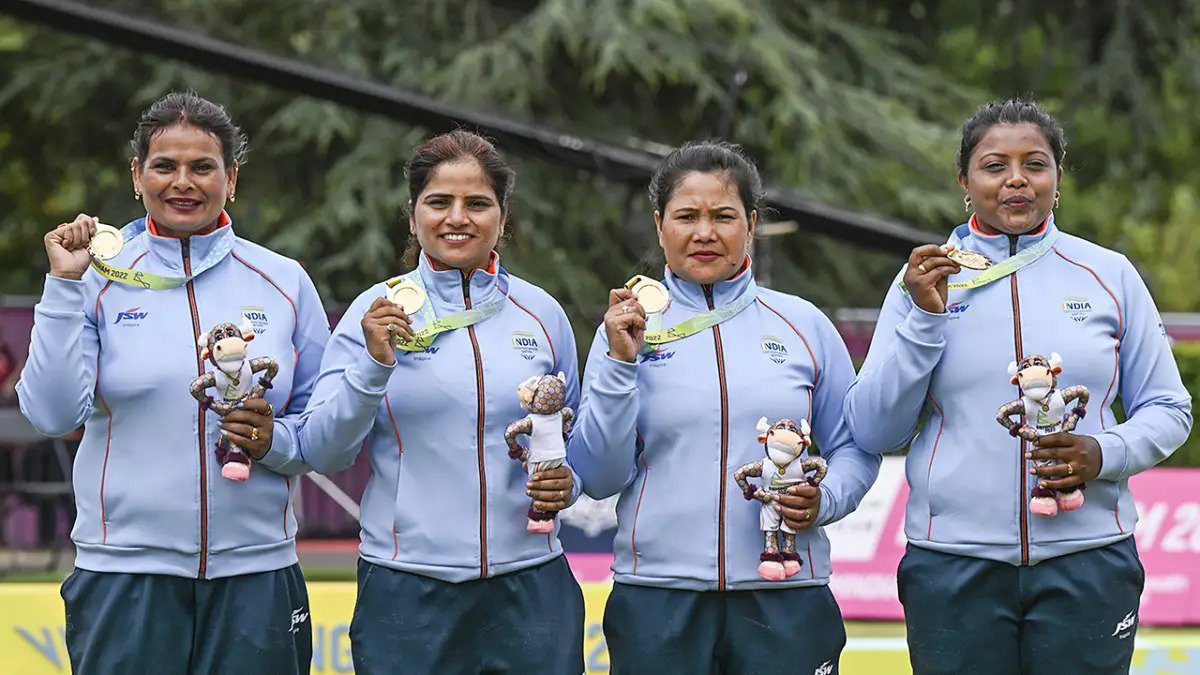
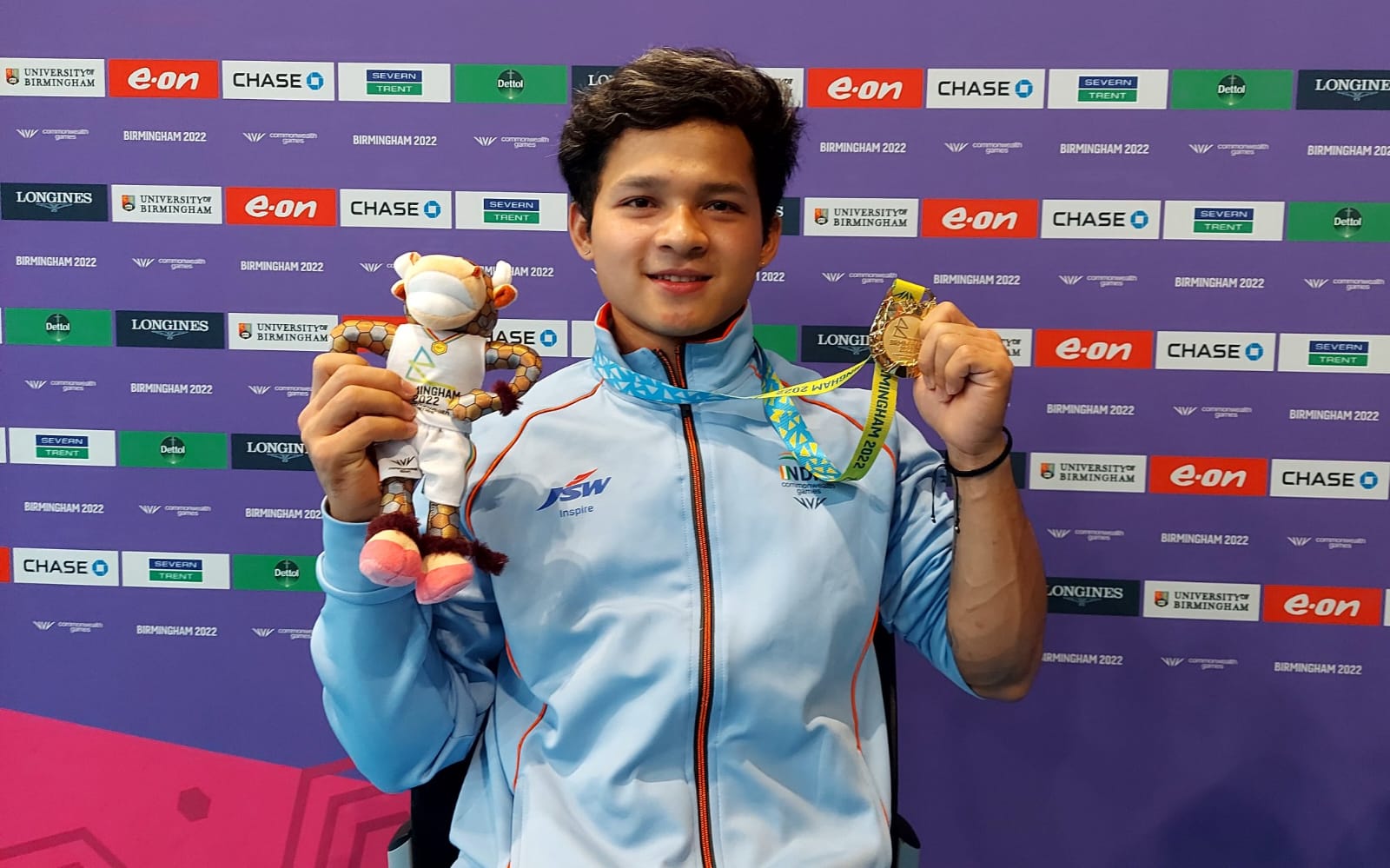
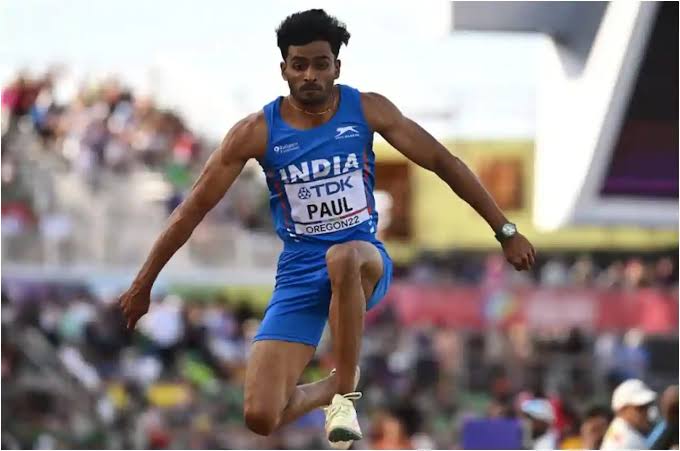
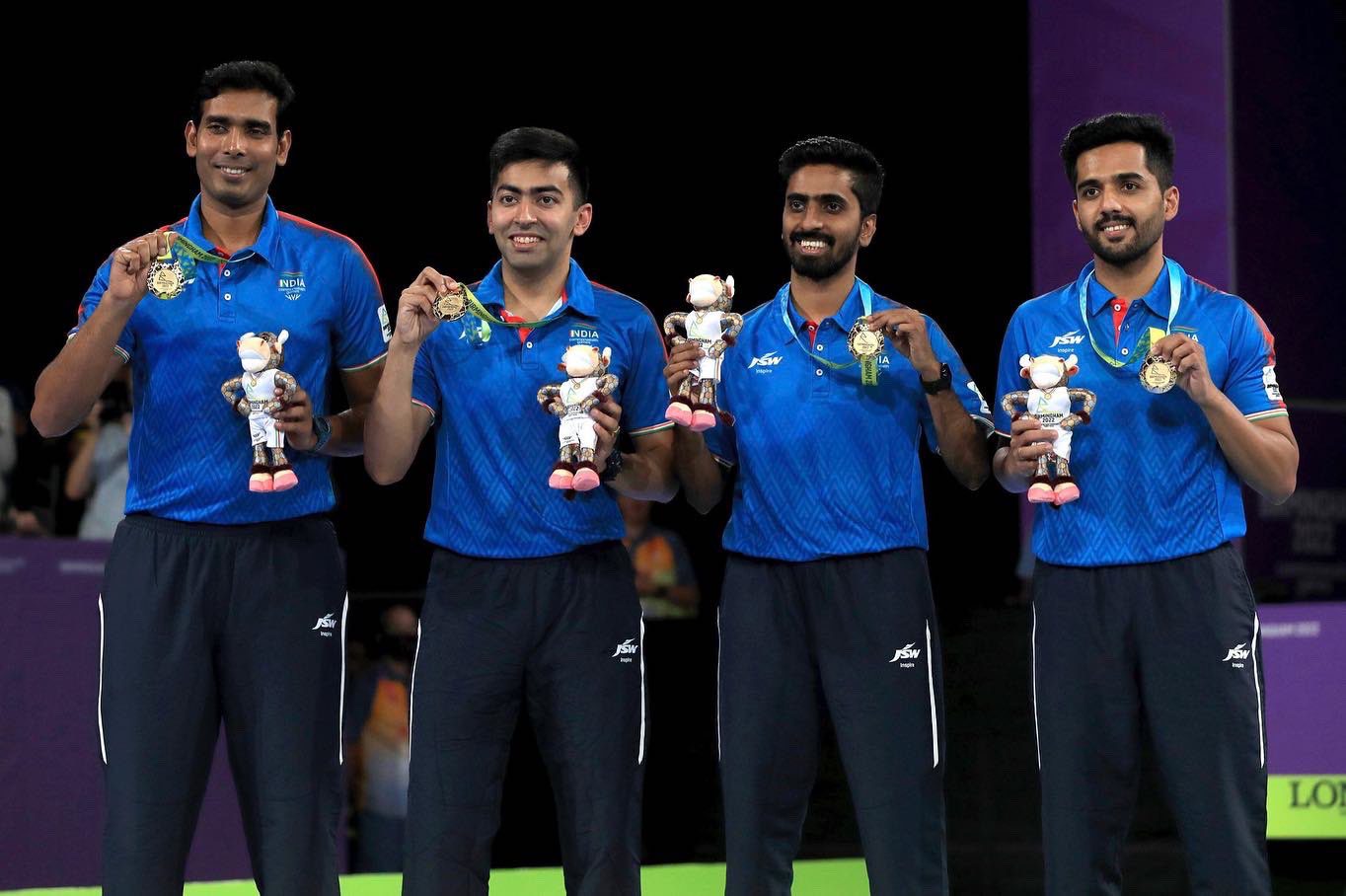


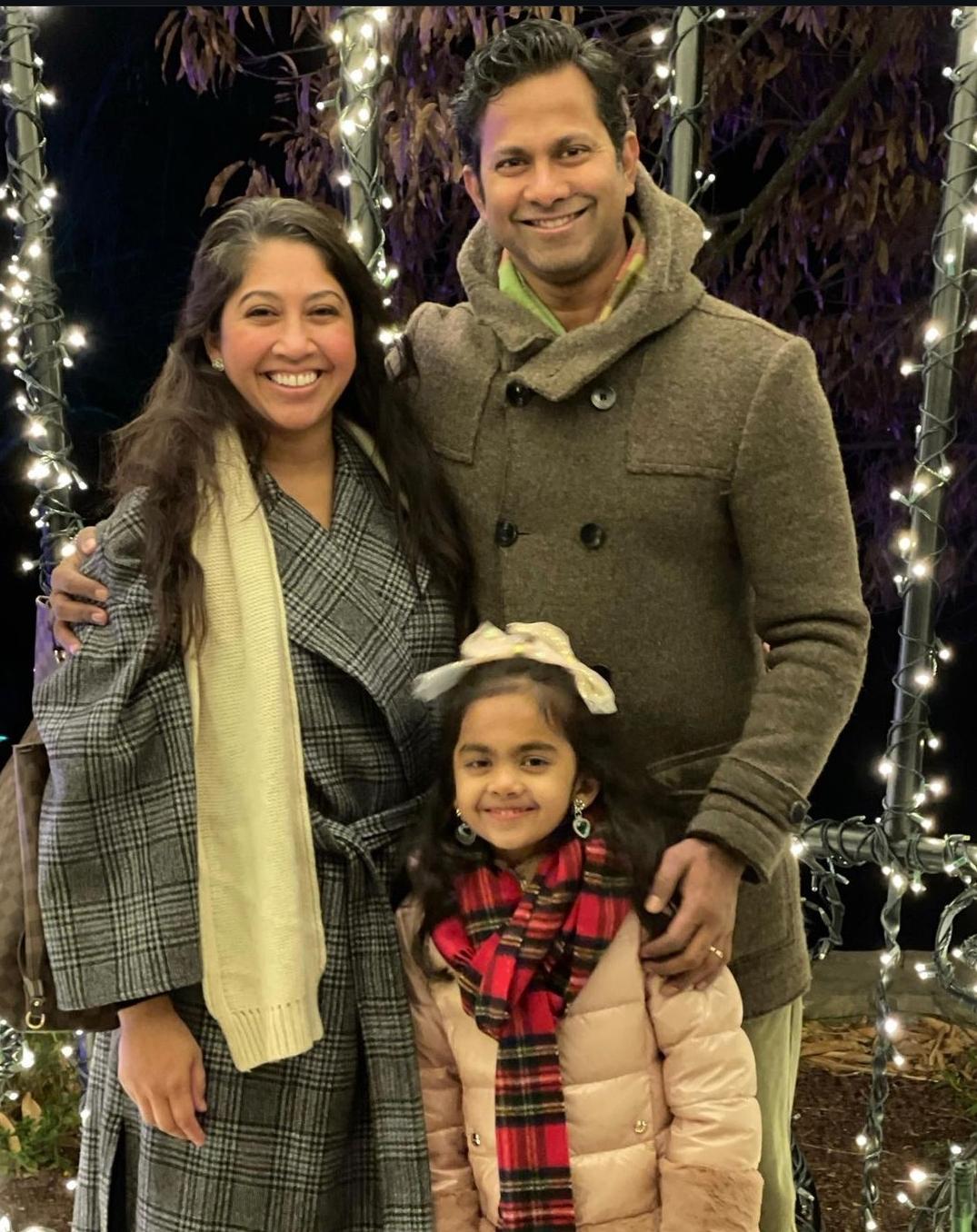 Balaji with his wife and daughter[/caption]
Balaji with his wife and daughter[/caption]
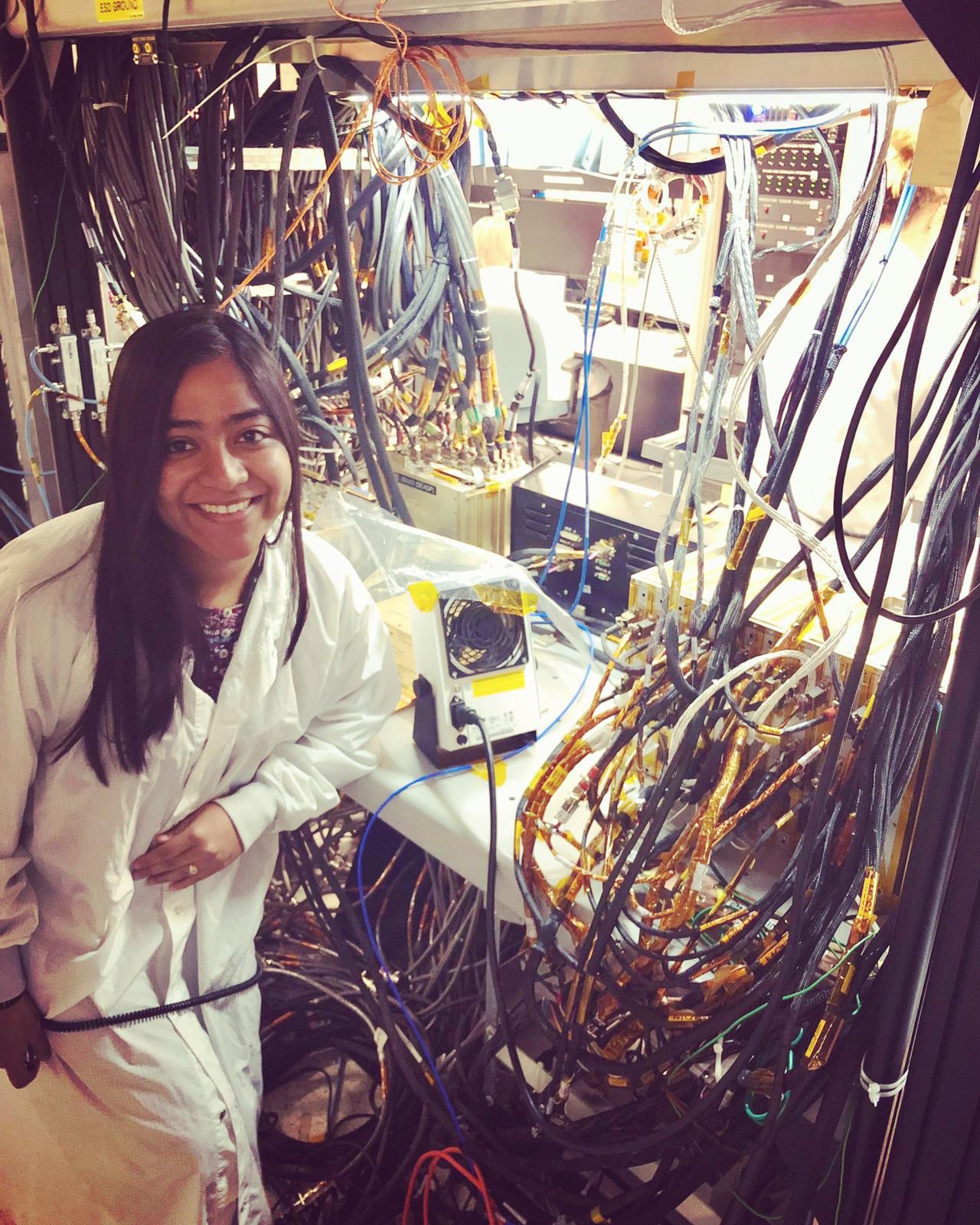 NASA Engineer Priyanka Srivastava with Mars 2020 testbed[/caption]
NASA Engineer Priyanka Srivastava with Mars 2020 testbed[/caption]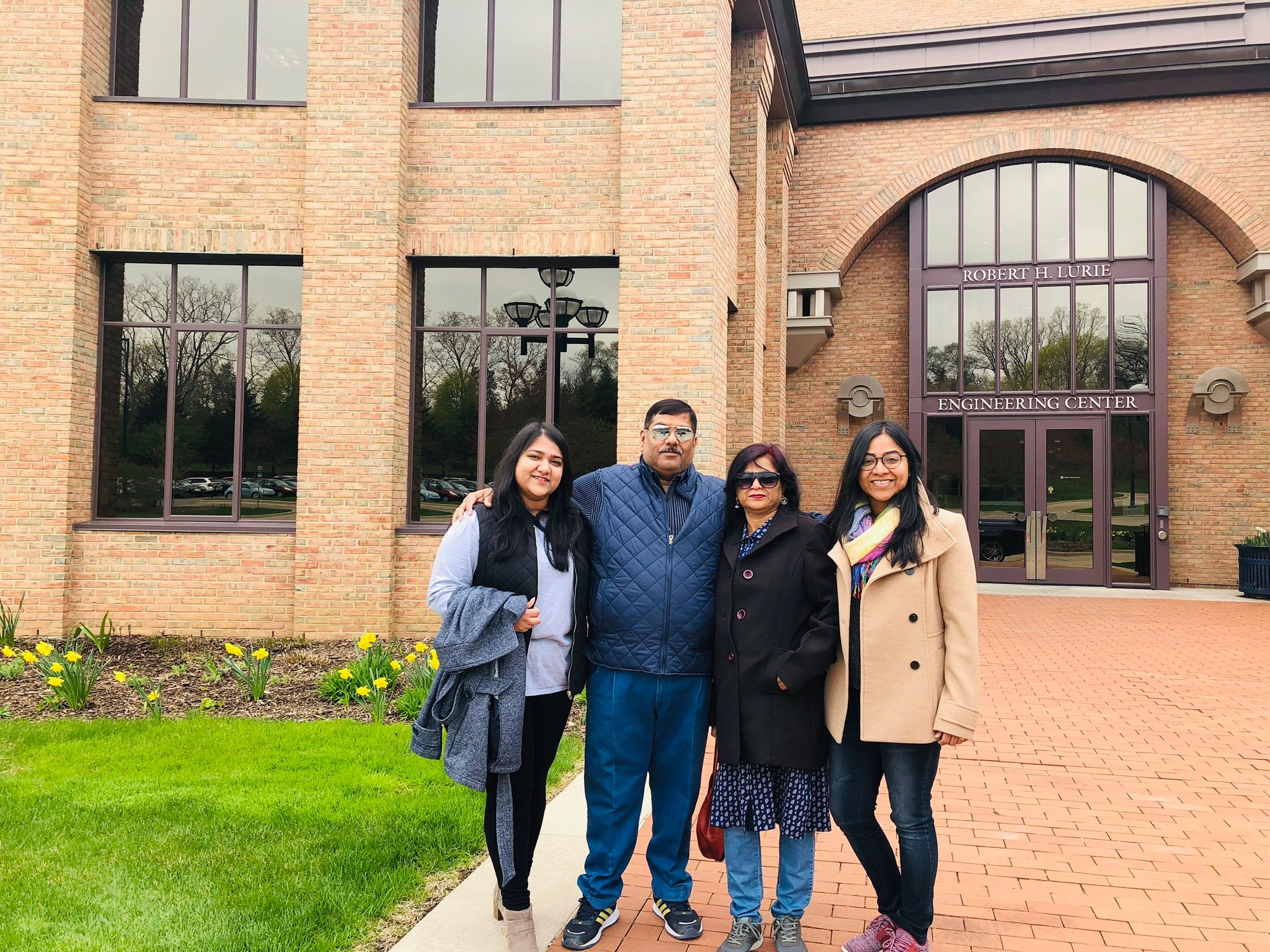 Priyanka with her family[/caption]
Priyanka with her family[/caption]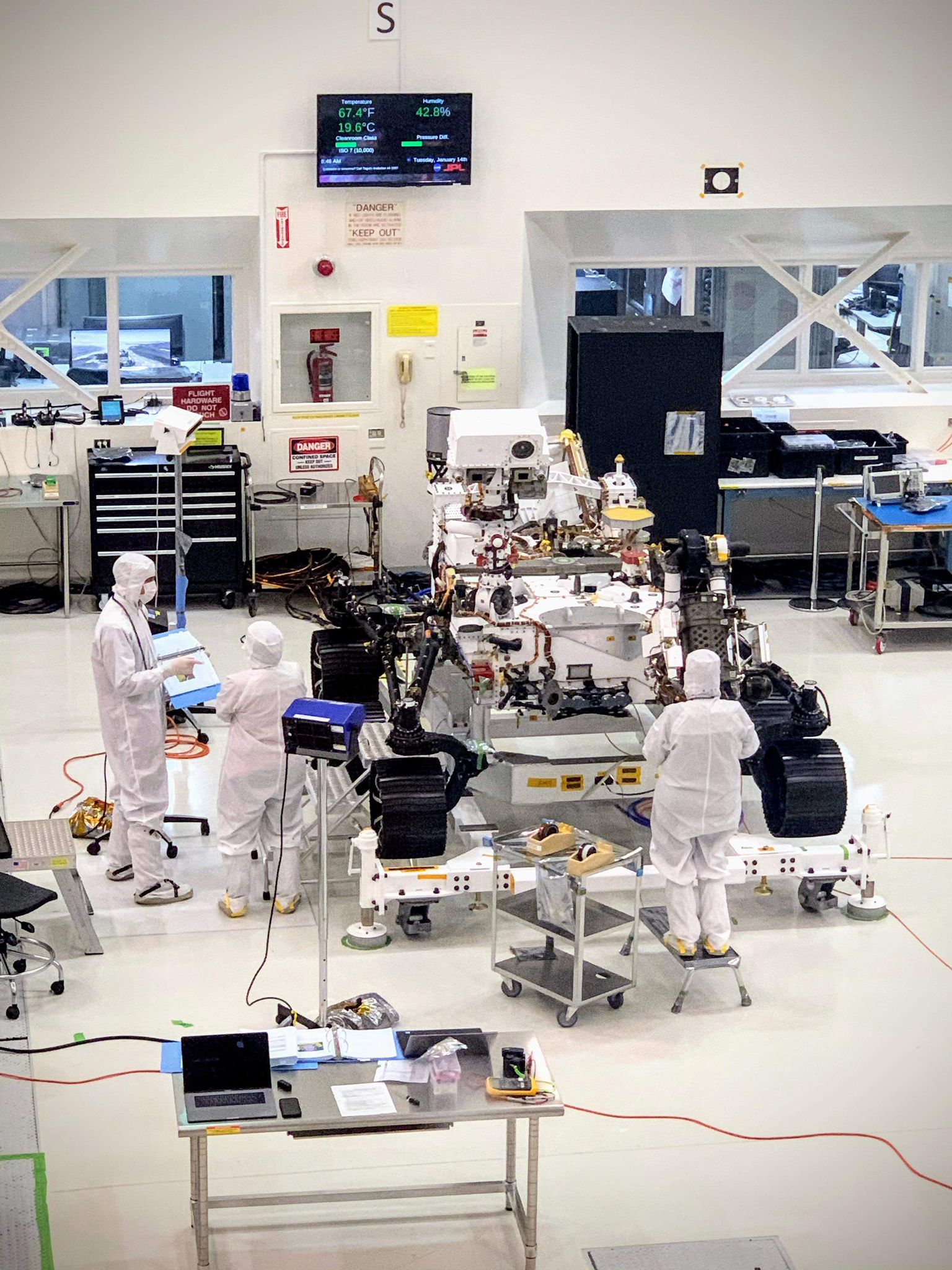 Priyanka and her team working on the Mars Perseverance Rover, right before it was shipped for launch[/caption]
Priyanka and her team working on the Mars Perseverance Rover, right before it was shipped for launch[/caption]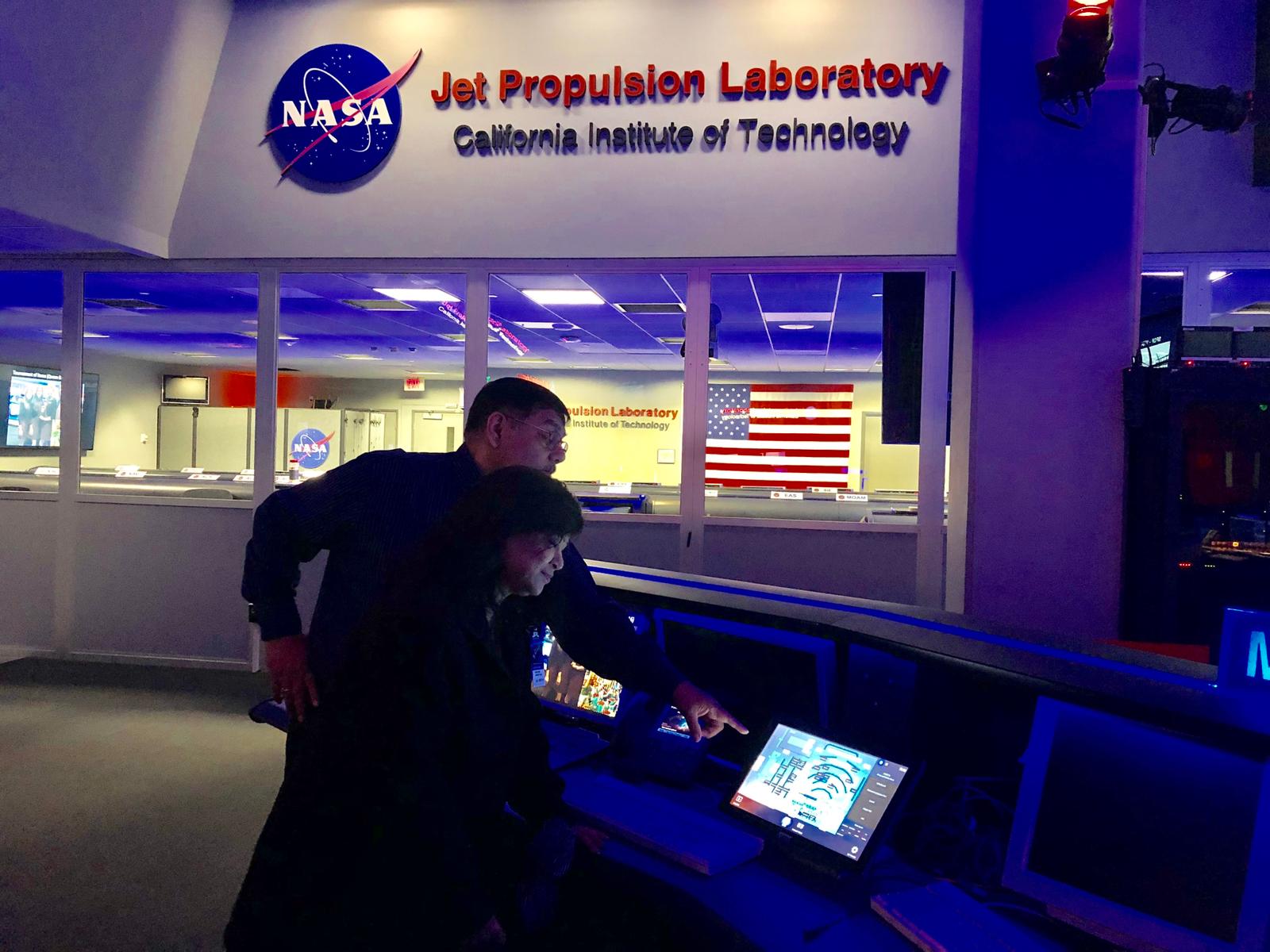 Priyanka's parents visiting the Spacecraft Operations Room at NASA Jet Propulsion Laboratory (JPL)[/caption]
Priyanka's parents visiting the Spacecraft Operations Room at NASA Jet Propulsion Laboratory (JPL)[/caption]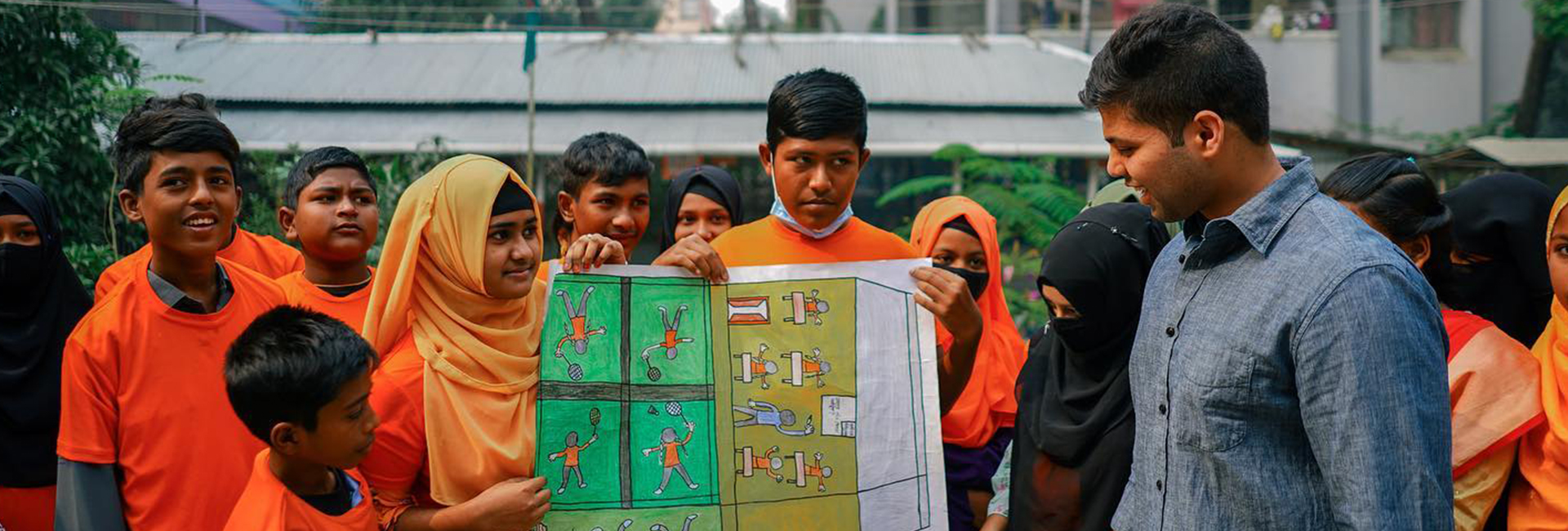
 Manish at Pudanipadu School in Vijayawada to meet and greet schoolchildren who were provided Deskits by Fortitude[/caption]
Manish at Pudanipadu School in Vijayawada to meet and greet schoolchildren who were provided Deskits by Fortitude[/caption] Akuot Akuei Ajak, Fortitude scholar studying at Kenyatta University[/caption]
Akuot Akuei Ajak, Fortitude scholar studying at Kenyatta University[/caption]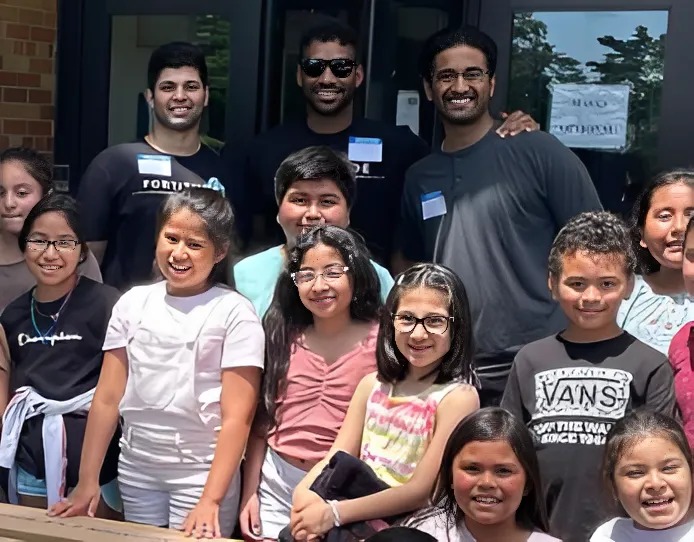 Manish Polavarapu with co-founders Jamell and Yash during a Fortitude awareness event at a school in U.S.[/caption]
Manish Polavarapu with co-founders Jamell and Yash during a Fortitude awareness event at a school in U.S.[/caption] A benefit concert - one of Fortitude Global's fundraising events[/caption]
A benefit concert - one of Fortitude Global's fundraising events[/caption] Glimpses of Fortitude Global Foundation's initiatives for children in Bangladesh[/caption]
Glimpses of Fortitude Global Foundation's initiatives for children in Bangladesh[/caption]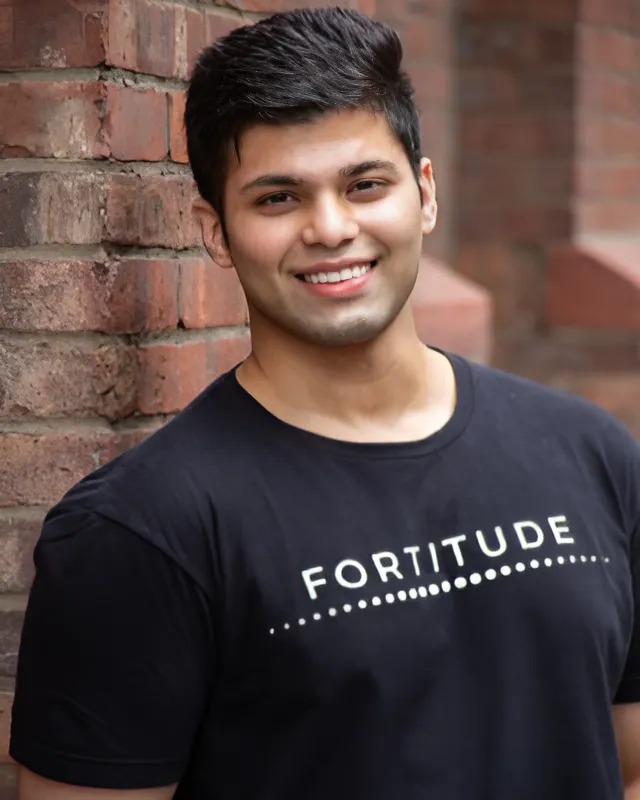 Manish Polavarapu[/caption]
Manish Polavarapu[/caption]